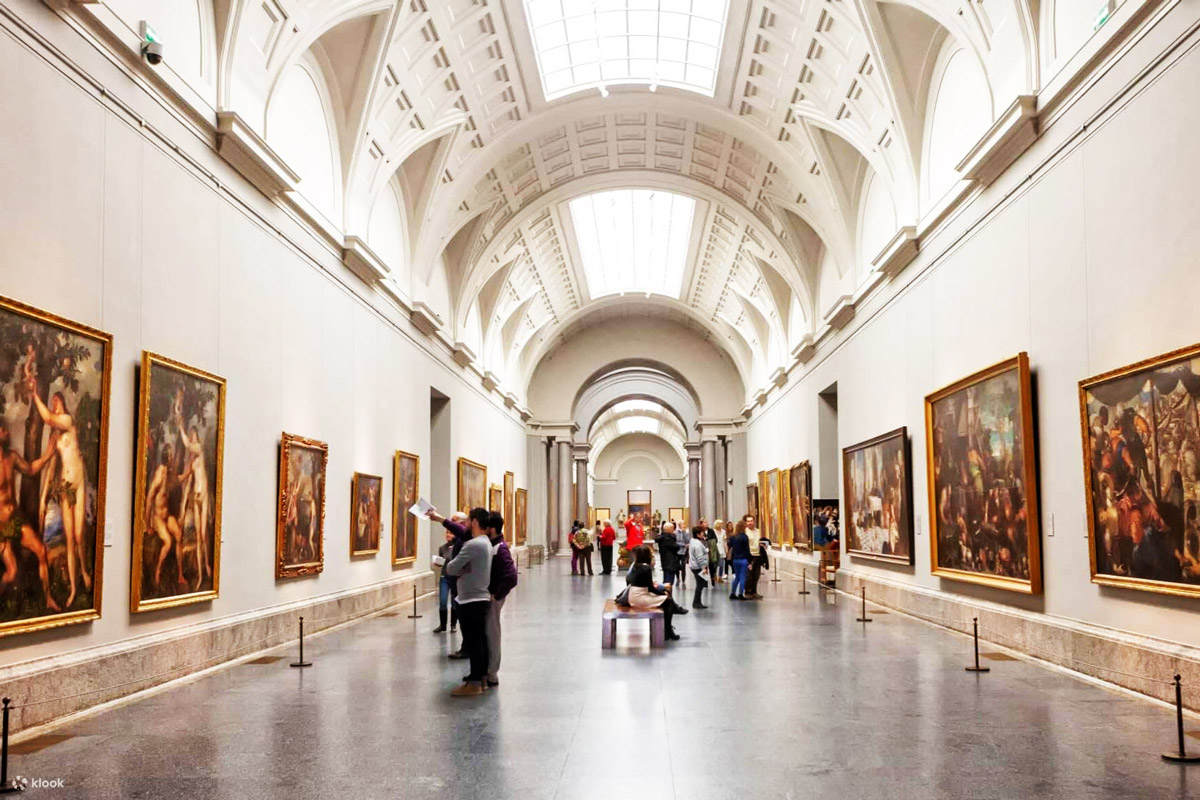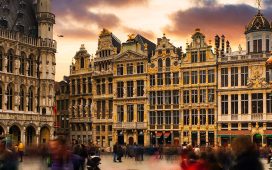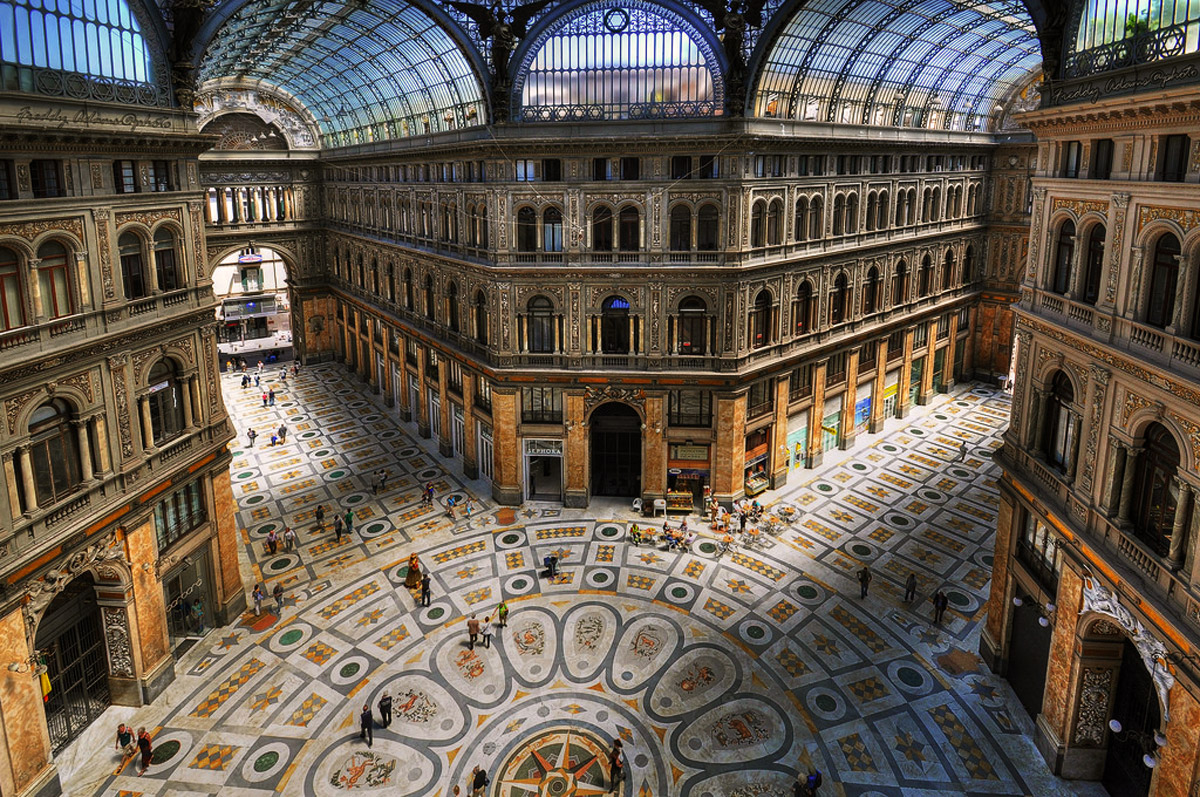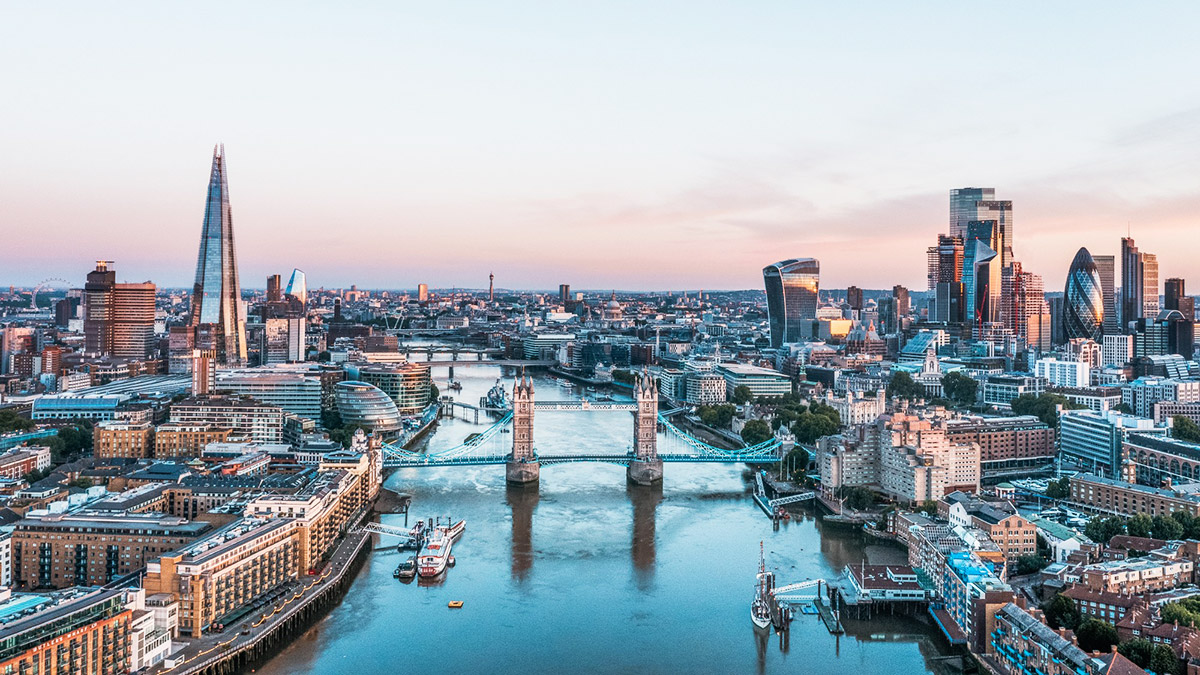The Spirit of the City
Madrid, Spain’s bustling capital, is a city that marries grandeur with warmth. Regal palaces and monumental plazas tell the story of centuries past, while lively neighborhoods, bustling markets, and tapas bars reveal the city’s vibrant soul. This is a place where history and modern life flow seamlessly together: mornings are filled with art and architecture, afternoons with leisurely meals, and nights with flamenco, football, and endless energy.
History of Madrid

Madrid’s origins trace back to a Moorish fortress established in the 9th century, chosen for its vantage point over the River Manzanares. In 1561, King Philip II declared Madrid the capital of Spain, transforming it into the seat of royal power. Under the Habsburgs and later the Bourbons, Madrid flourished with grand plazas, baroque palaces, and sprawling boulevards. The city endured upheavals—from the Napoleonic invasion to the Spanish Civil War—but always rebuilt itself with resilience. Today, Madrid stands as a dynamic European capital, where history is felt in its royal palace, its art-filled museums, and the enduring vibrancy of its plazas.
Landmarks
Madrid’s history is written in stone, plaza, and palace. A few highlights for history lovers include:
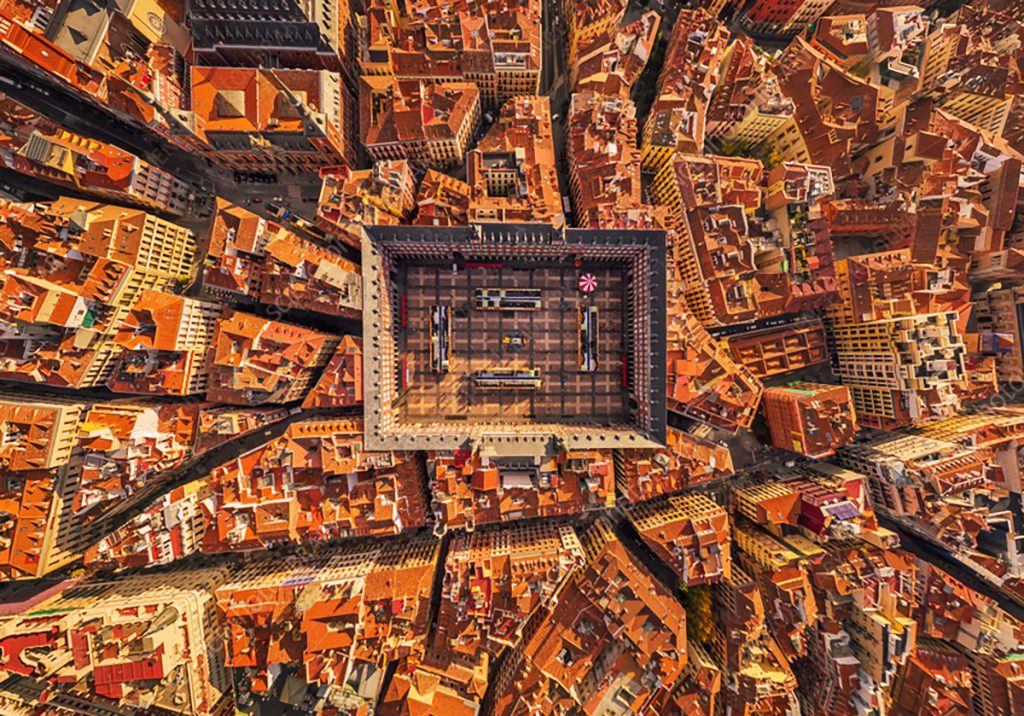
- Plaza Mayor – Once the stage for bullfights and royal processions, this grand square is now filled with cafés and a festive atmosphere.
- Royal Palace of Madrid – The largest functioning royal palace in Europe, with more than 3,000 rooms. Visitors can explore its lavish halls, the Royal Armory, and exquisite frescoes. The views over the Sabatini Gardens and Campo del Moro Royal Park add to its majesty.
- Almudena Cathedral – A striking cathedral opposite the palace, consecrated by Pope John Paul II in 1993, blending neo-Gothic, Baroque, and modern touches. Its colorful interior ceiling and rooftop views are a must.
- Royal Basilica of San Francisco el Grande – Famous for its massive dome and collection of paintings by Goya and Zurbarán.
- Church of San Jerónimo el Real – A late Gothic church tied to Spain’s monarchy, located near the Prado Museum. Once part of a monastery, it has hosted royal ceremonies for centuries.
- Templo de Debod – A 2,000-year-old Egyptian temple, gifted to Spain in the 20th century, where the golden sunset reflects beautifully off the water.
- Puerta del Sol – The heart of Madrid and the symbolic center of Spain, marked by the famous “Kilometer Zero.”
Together, these landmarks tell the story of Madrid’s rise from fortress town to imperial capital.

Art and Museums: A Cultural Capital
Madrid is one of the world’s great art capitals, with treasures for every taste.

- The Prado Museum – Masterpieces by Velázquez, Goya, Rubens, and Bosch make this one of Europe’s most important galleries.
- Museo Reina Sofía – A showcase of modern art, anchored by Picasso’s Guernica.
- Thyssen-Bornemisza Museum – An eclectic journey through centuries of painting, from medieval icons to Warhol.
- Museo Sorolla – Once the home of Joaquín Sorolla, this intimate museum glows with Mediterranean light.
- CaixaForum Madrid – A modern art center with striking exhibitions and its famous vertical garden.
- Museo Cerralbo – A palatial 19th-century residence offering a glimpse into aristocratic life.
- Matadero Madrid – A contemporary cultural hub, breathing new life into a former slaughterhouse.
For those who love art and history, Madrid’s museums and galleries could fill days — and still leave you wanting more.
Food: Tradition and Taste
Food is at the heart of Madrid’s identity. Start your day with churros con chocolate at Chocolatería San Ginés, then wander into tapas bars for jamón ibérico, tortilla española, and gambas al ajillo.
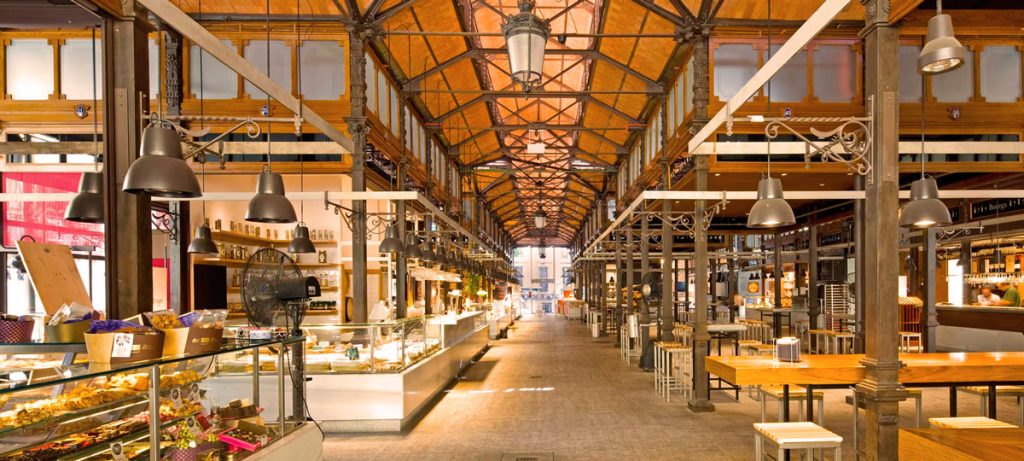
Markets are part of the city’s culture:
- Mercado de San Miguel – A gourmet food hall where you can sample tapas, seafood, wine, and sweets under an elegant glass-and-iron roof.
- Mercado de la Paz – A neighborhood market in Salamanca, filled with fresh produce and authentic Spanish specialties.
For a taste of history, book a table at Sobrino de Botín, the world’s oldest restaurant, serving roast suckling pig since 1725. For something avant-garde, try DiverXO, the three-Michelin-starred restaurant where chef Dabiz Muñoz pushes Spanish cuisine to daring new heights.
Madrid’s food is both timeless and innovative — and always best enjoyed with friends, laughter, and a glass of Rioja.
Neighborhoods to Explore
Madrid’s barrios each have their own character:
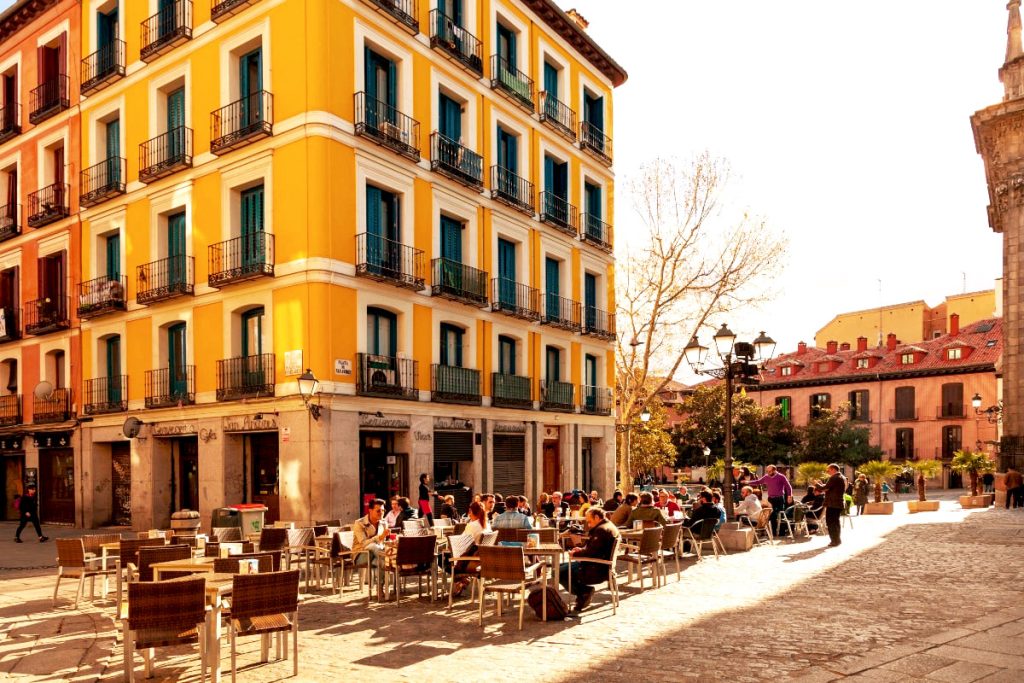
- La Latina – Medieval streets, tapas taverns, and the famous Sunday flea market, El Rastro.
- Malasaña – Bohemian and lively, with vintage shops, graffiti art, and indie bars.
- Salamanca – Sophisticated and elegant, filled with luxury shopping along Calle Serrano and gourmet dining.
- Chueca – Vibrant, inclusive, and always buzzing, with some of the city’s best nightlife and creative restaurants.
- Retiro – Home to the lush Retiro Park, a green oasis with boating lakes, sculptures, and the iconic Crystal Palace.
- Lavapiés – A melting pot of cultures, with international cuisine, experimental galleries, and an edgy creative spirit.
Things to Do and Experience
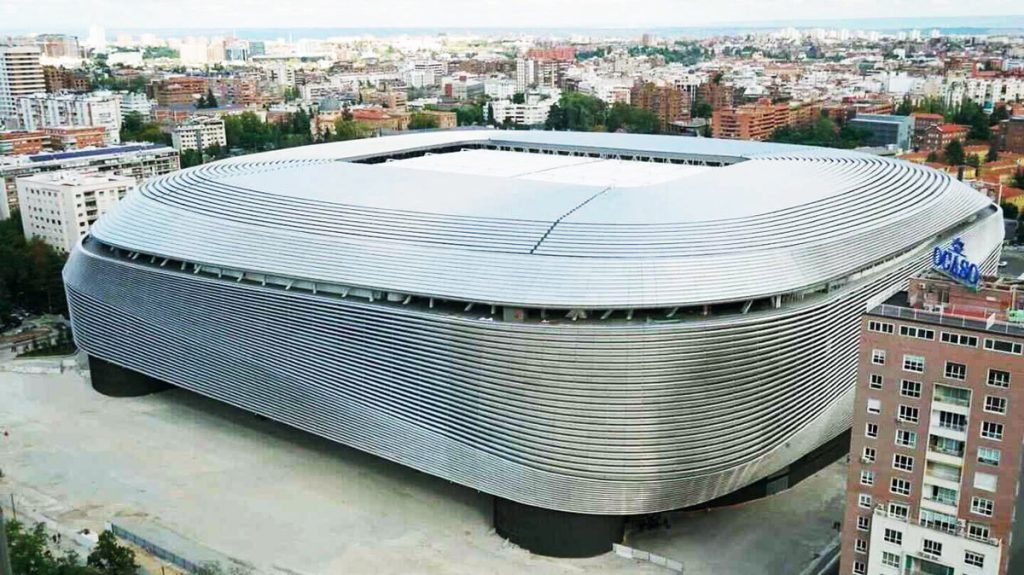
There’s always something happening in Madrid. Top experiences include:
- Santiago Bernabéu Stadium – Home of Real Madrid, where football fans can tour the stadium or catch a live match.
- Retiro Park – Once a royal retreat, now a public park perfect for rowing on the lake, exploring the Glass Palace, or simply strolling under its shaded paths.
- Gran Vía – Madrid’s answer to Broadway, with theaters, shopping, and grand architecture.
- Flamenco Shows – From intimate tablaos to grand performances, flamenco is one of Madrid’s most passionate traditions.
- Royal Botanic Gardens – Next to the Prado, these 18th-century gardens feature thousands of plant species and tranquil walking paths.
- Teatro Real – Madrid’s historic opera house, staging world-class performances in a stunning setting.
Living the Madrid Lifestyle
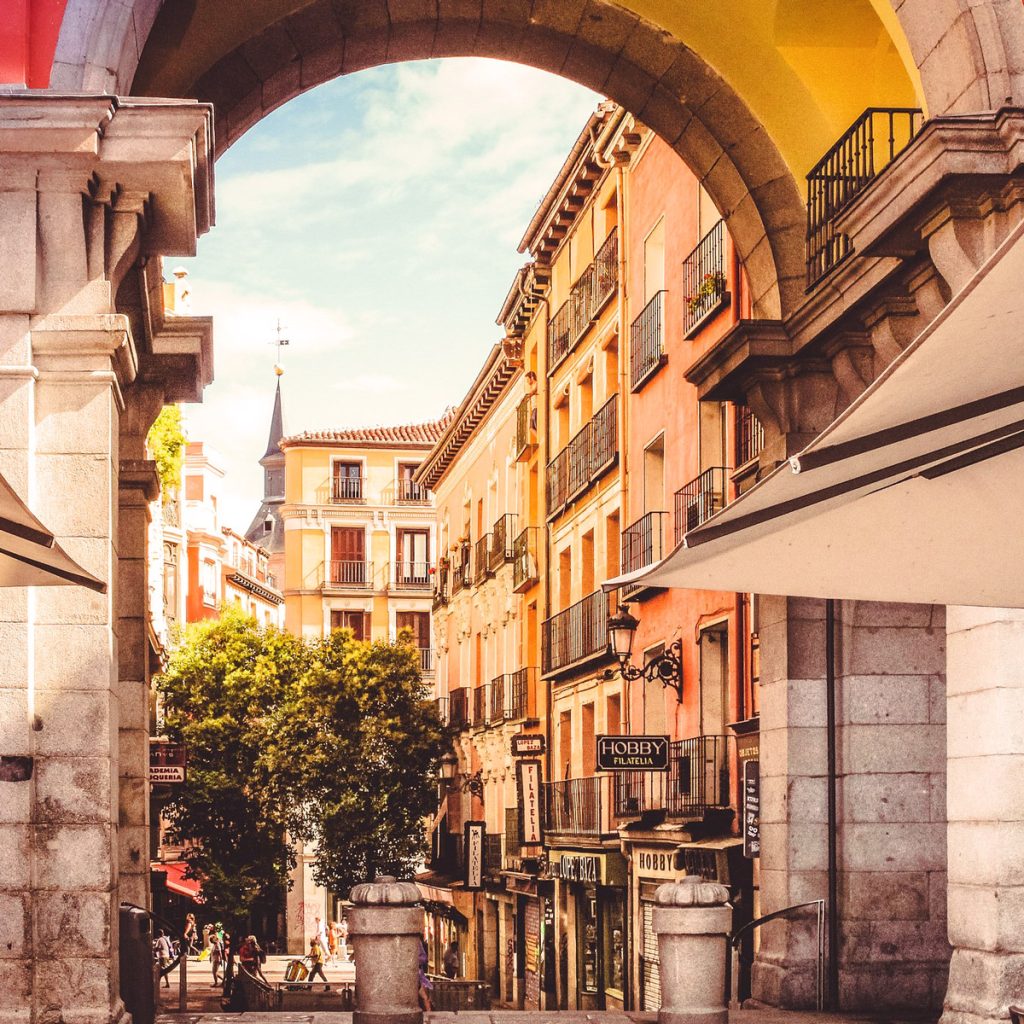
Life in Madrid moves at its own rhythm. Mornings are slow, afternoons pause for long meals, and evenings often stretch until sunrise. Join locals in the paseo, the cherished evening stroll, and discover why Madrid is as much about atmosphere as it is about sights.
Madrid is not just the capital of Spain — it’s the beating heart of the nation, where history, art, and everyday life blend seamlessly. Whether you’re exploring royal palaces, savoring tapas in a buzzing plaza, or standing before a masterpiece in the Prado, Madrid will captivate you at every turn.

